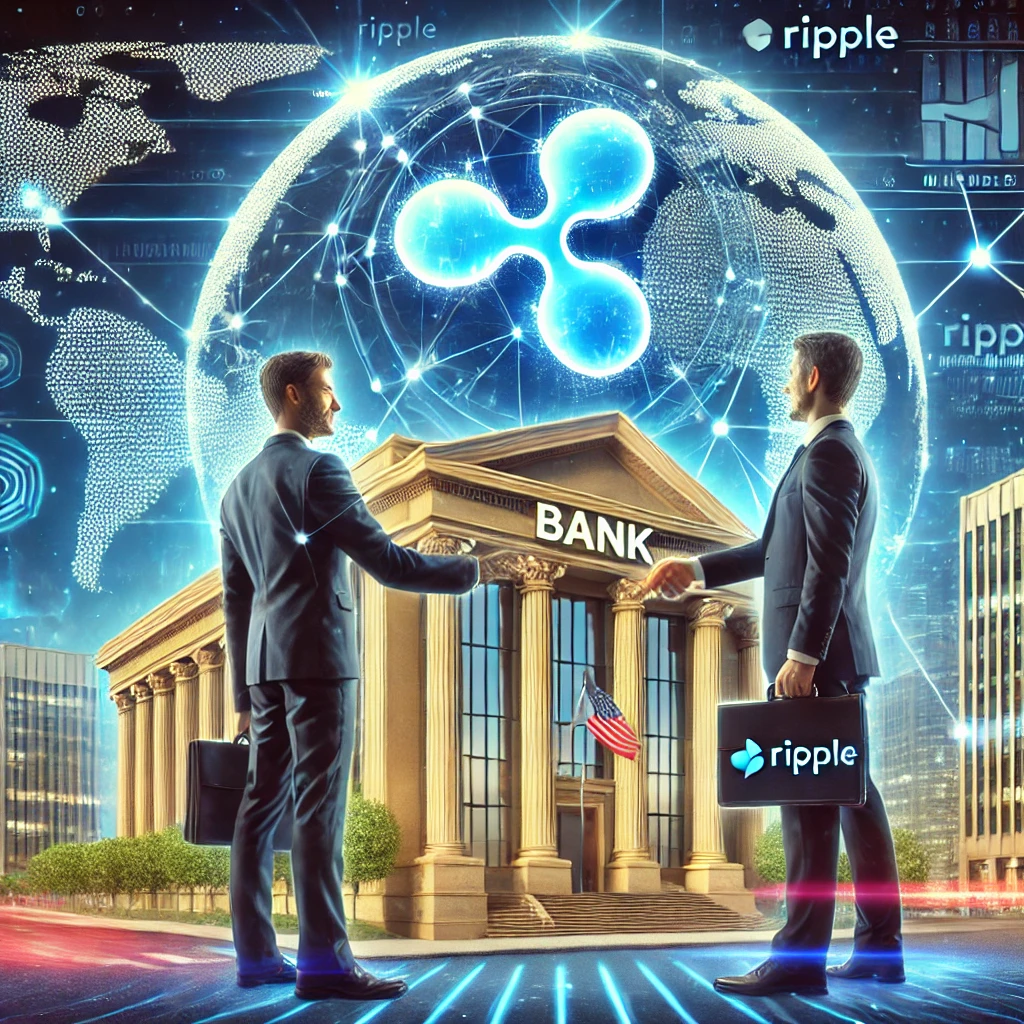
When did ripple announce its first major partnership with a bank? Answer: September 23, 2016. This in one of the most frequently discussed milestones is Ripple’s first major partnership with a bank, a move that solidified its place as a major player in the financial tech world. So, when did this historic event take place, and why was it so significant for Ripple’s trajectory? Let’s explore.
Ripple’s Vision and Early Ambitions
Ripple, founded in 2012, always had a grand vision—creating an “Internet of Value” where money could be exchanged as seamlessly as information. While cryptocurrencies like Bitcoin aimed to disrupt the financial system, Ripple took a different approach. It sought to partner with traditional financial institutions rather than replace them. Ripple’s idea was to streamline cross-border payments, an area plagued by inefficiencies, slow processing times, and high fees.
However, gaining trust in the conservative banking sector was a major challenge. For years, many institutions viewed blockchain technology as an interesting but experimental concept. The tipping point came in September 2016 when Ripple announced its first major banking partnership.
When did Ripple announce its first major partnership with a bank?: September 23, 2016
Ripple’s partnership announcement on September 23, 2016 marked a watershed moment in blockchain adoption by traditional banks. The deal with Santander was especially significant. Santander, a global banking giant, launched a Ripple-powered mobile app for cross-border payments. This app allowed users to send money internationally, with funds appearing in the recipient’s account the next business day—a massive improvement over the typical 2-6 day delay in traditional banking systems.
Ripple’s partnership wasn’t limited to Santander. The 2016 announcement included other major players like UniCredit, UBS, and CIBC, all of which sought to utilize Ripple’s technology to optimize cross-border settlements. According to Ripple’s CEO at the time, Chris Larsen, this signaled that banks were moving beyond blockchain experimentation and into real-world applications.
Why Was This Partnership so Important?
So, why is this event so significant for Ripple and the broader blockchain space? For one, it was a validation of blockchain’s potential in the traditional financial system. Up until this point, blockchain technology had been largely associated with cryptocurrencies like Bitcoin, which many in the banking sector viewed with skepticism. However, Ripple offered something different—enterprise-level blockchain solutions designed to enhance existing financial infrastructures rather than replace them.
Ripple’s technology allowed banks to make international payments faster and cheaper by eliminating the need for intermediary correspondent banks. Traditionally, sending money across borders involved a chain of intermediaries, each of which added time and cost to the transaction. With Ripple, banks could transact directly with one another, using the XRP Ledger to verify transactions in real time.
This technology also paved the way for new types of transactions, such as low-value, high-volume cross-border payments, which were previously not viable due to high fees. For instance, ATB Financial became the first Canadian financial institution to complete an overseas payment using Ripple’s blockchain technology, reducing a transaction that would normally take days to mere seconds.
A Paradigm Shift in Banking
What made Ripple’s partnership particularly groundbreaking was that it demonstrated how blockchain could integrate with existing banking systems. Unlike many other blockchain technologies that sought to disrupt or replace traditional systems, Ripple’s approach was collaborative. It aimed to enhance existing financial infrastructure, offering improvements in terms of cost, speed, and transparency.
This partnership also marked a shift in how financial institutions viewed blockchain. Previously, banks were hesitant to fully embrace the technology due to concerns about security, regulation, and scalability. However, as Ripple continued to prove the real-world effectiveness of its system, more institutions began to adopt its solutions. By 2016, Ripple’s network had grown to include over 30 major financial institutions, with more banks conducting pilots to integrate Ripple’s technology.
Ripple’s Ongoing Success in the Financial World
Since that initial partnership in 2016, Ripple has continued to expand its network of financial partners. The company now works with hundreds of institutions worldwide, including Standard Chartered, Siam Commercial Bank, and Mizuho Financial Group, among others. Its RippleNet system has grown into a robust global payments network that enables real-time, low-cost transactions across the world.
Ripple’s success can be attributed to its ability to adapt and collaborate with traditional financial players, proving that blockchain technology isn’t just for cryptocurrencies—it can also be a powerful tool for transforming the global financial landscape.
Conclusion
Ripple’s first major bank partnership in September 2016 was a pivotal moment, not just for Ripple but for the broader blockchain and financial sectors. It marked the beginning of a new era where blockchain technology began to be taken seriously by major financial institutions. This partnership with Santander and other key banks demonstrated that blockchain could provide tangible benefits to the global payments system, offering faster, cheaper, and more transparent transactions. For Ripple enthusiasts, this was a monumental step in the company’s journey to achieving its vision of an Internet of Value, where money moves as freely as information does today.
To know more:

Understanding AI Vocaloid and AI Singing Tools in 2025

How to Create Music with AI in 2025

Gemini AI Retro Style Couple Photo Prompts

Professional Gemini AI Photo Prompts You Can Use Today. 3 Tips

Best ChatGPT Christmas Photo Prompts for 2025

Qué es la inteligencia artificial y por qué importa hoy

La inteligencia artificial se alimenta de trabajadores pobres del sur global

La IA en la guerra, conflictos más rápidos y mas riesgo de matar inocentes

Detectores de IA en 2025: cómo funcionan y cuándo fallan

ChatGPT Prompt Generator: cómo usarlo en 2025


